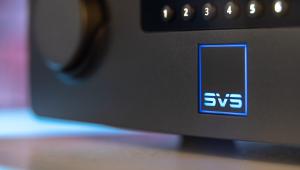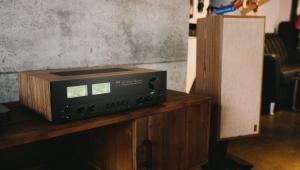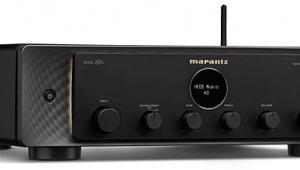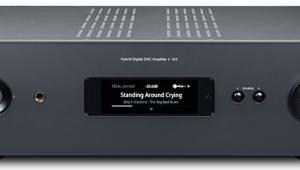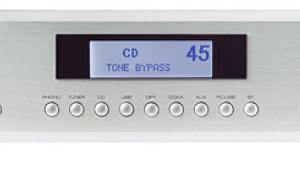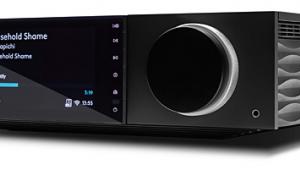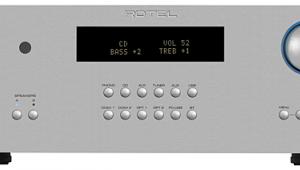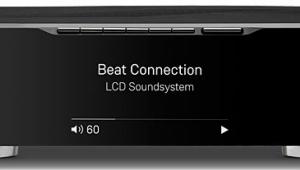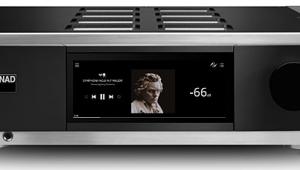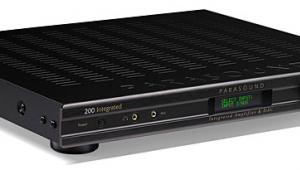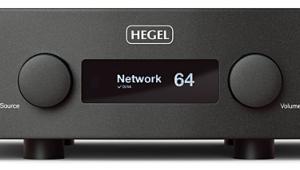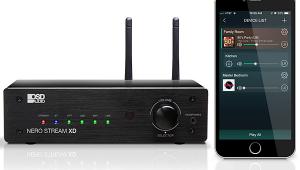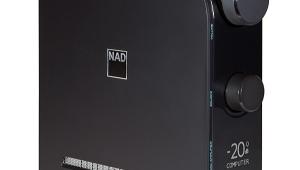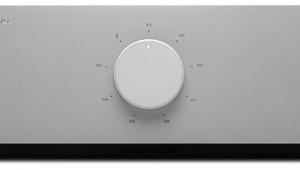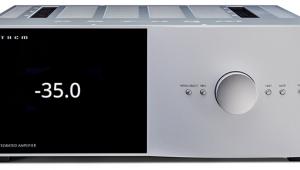Primare Prisma I15 Integrated Amplifier/Dac Review
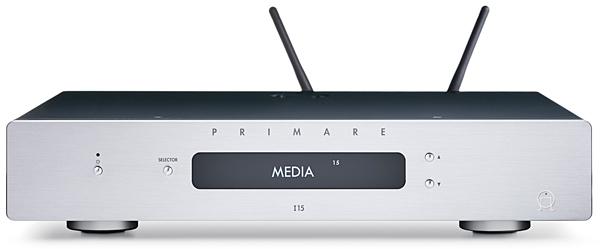
AT A GLANCE
Plus
Unimpeachable sound quality
Impressive power and dynamic ability
Chromecast built-in, AirPlay, and Spotify Connect support
Minus
No phono input or headphone output
No native streaming (requires smartphone, tablet or similar)
THE VERDICT
Flexible streaming options enhance the appeal of this sleek-looking integrated amplifier/DAC with serious audiophile pedigree and performance.
Primare is a small audio component manufacturer in Sweden founded by an industrial designer from Denmark. The Malmö-based firm's quirky high-end electronics have found favor among in-the-know audiophiles for nearly thirty years. Recently, a new line of streaming-centric components was introduced that appear custom-made to broaden Primare's appeal, and if the entry-level Prisma I15 integrated amplifier/DAC ("streamplifier," as I like to call them) they've supplied us for review here is any indication, the move will succeed.
The Prisma I15 is an unprepossessing, compact component with a fairly conservative design. An integrated amplifier packing 60 watts per channel, it offers onboard high-res digital-to-analog conversion, wired and wireless network connectivity, streaming facilities in three popular flavors, plus Bluetooth. The handsome amp highlights a thick, brushed- aluminum panel cantilevered a half-inch or so in front of the top- sides cover, marking a dramatic character line for what is otherwise an understated look. Controls are limited to small power, input select, and volume up/down pushbuttons, while a central dot-matrix display shows the selected source, volume setting, and, optionally, track/artist data.
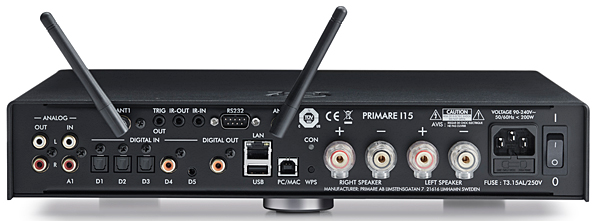
The Primare's design is a bit busier on the backside, with three optical and one coaxial digital inputs, a USB type-B port for computer connection to the amp's asynchronous DAC, a type-A port for a plug-in memory stick, a LAN port, and an RCA-jack stereo input and output. There's also a 1/8-inch mini-plug jack that accepts either an analog stereo or digital signal via a mini-optical link. Nice-quality multiway posts are used for speaker outputs, with a single 12-volt trigger output, IR-in and -out jacks, and both Wi-Fi and Bluetooth antennas completing the facilities. There's no phono input or subwoofer output. A bit surprisingly, the Prisma I15 also lacks a built-in headphone output.
Primare goes to some length to present the superiority of its UFPD2 (Ultra-Fast Power Device) class-D amplifier technology, which is based around the same Hypex class-D module employed by its I15 integrated amp. The explanations are a bit short on detail, but I took UFPD to include a highly stabilized and AC-to-AC isolated power-supply topology and a unique output filter arrangement incorporated into a global feedback circuit, for which the firm claims highly linear distortion-free reproduction right across the audio band plus a bit beyond, and, importantly, very low and stable output impedance to retain performance into most any real-world loudspeaker load. The digital-to-analog block relies on well-regarded AKM silicon to provide conversion of up to 24-bit/384 kHz content, along with DSD128 files.
Setup and Listening
I began with the Prisma I15 in a desktop environment driving an excellent pair of small two-way speakers. Connections were made via USB cable from my iMac to the Prisma's asynchronous USB DAC input. This is a layout with which I am long familiar, and a quick ten minutes of listening was plenty to confirm that Primare's claims to "audiophile" reproduction are entirely legit.
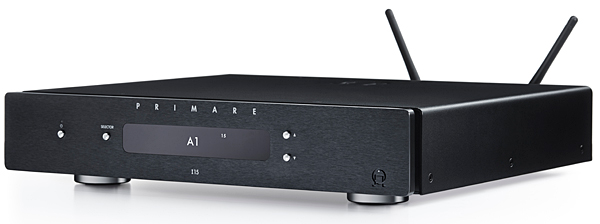
The Prisma I15's arrival happened to coincide with my indulgence of free trials of the Primephonic and Qobuz streaming services, which by coincidental associations triggered a binge-listen of works by Olivier Messiaen. Years ago, I worshiped the French composer, who I feel best found a "third way" between the dying chromaticism of the late romantic and the abstract-expressionist atonality of the "modern."
Leaving to one side the late French maître's insistent and occasionally heavy-handed Catholic mysticism and bird- song obsessions, Messiaen's cornucopia of colorful sonic delights is nearly boundless. Listening to a performance of Eclairs sur l'Au Delà (Lightning over the Hereafter) , a late orchestral work, I was stunned by its ninth section, an astonishing, rhythmically free representation of forest birdsong that may well be the best musical representation of a naturalistic soundscape ever composed. The tumbling, teetering jumble of high woodwinds—flutes, piccolos, clarinets—demanded clarity, treble finesse, and top-octave air in great quantities, and the Prisma I15's digital-to-analog and amplifying processes delivered these unrestricted for one of those literally hair-raising listening moments.
- Log in or register to post comments


